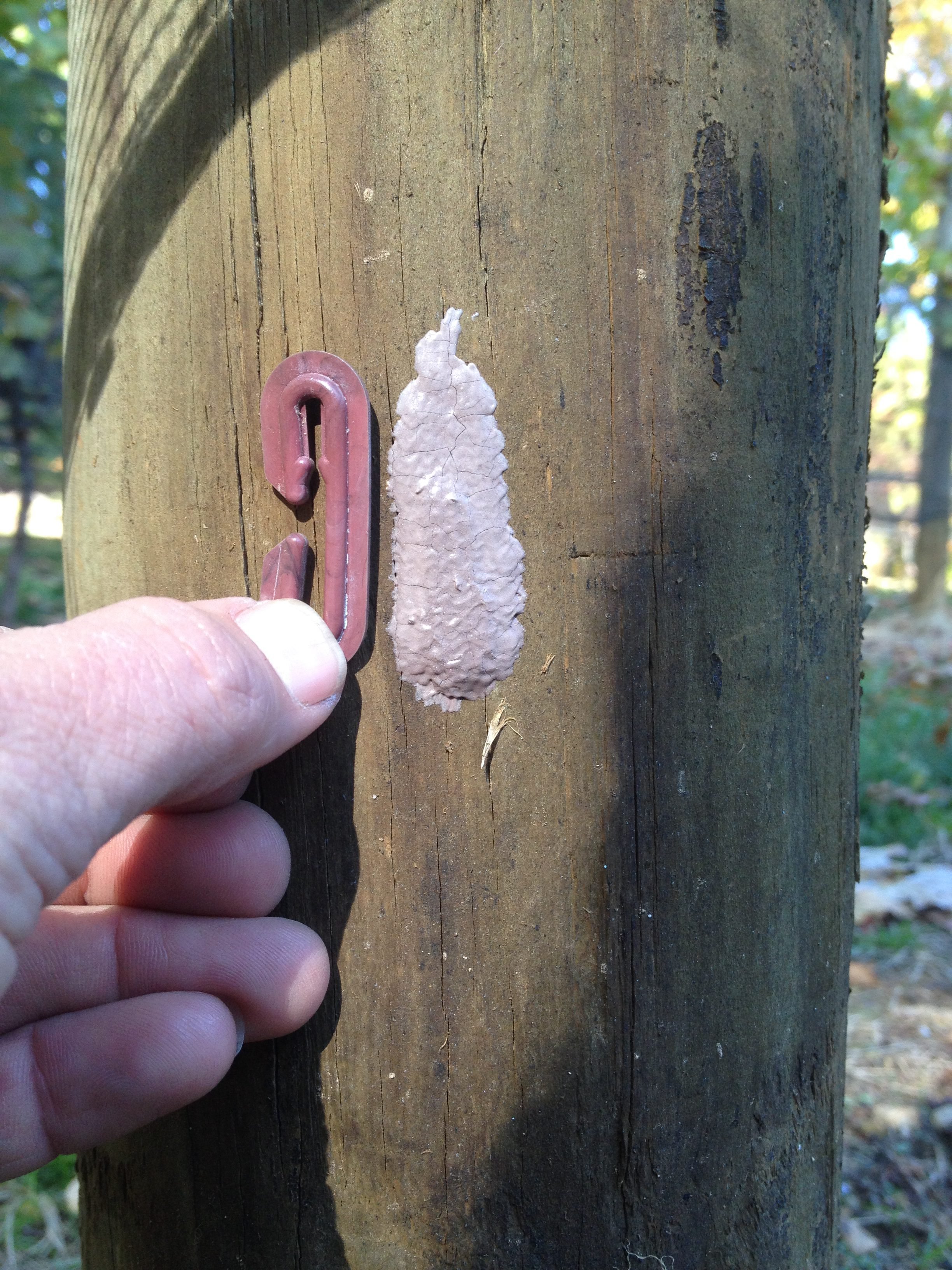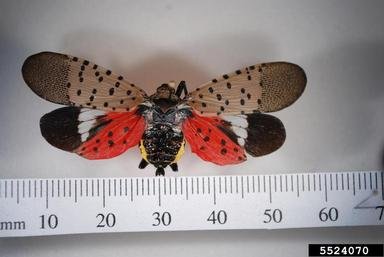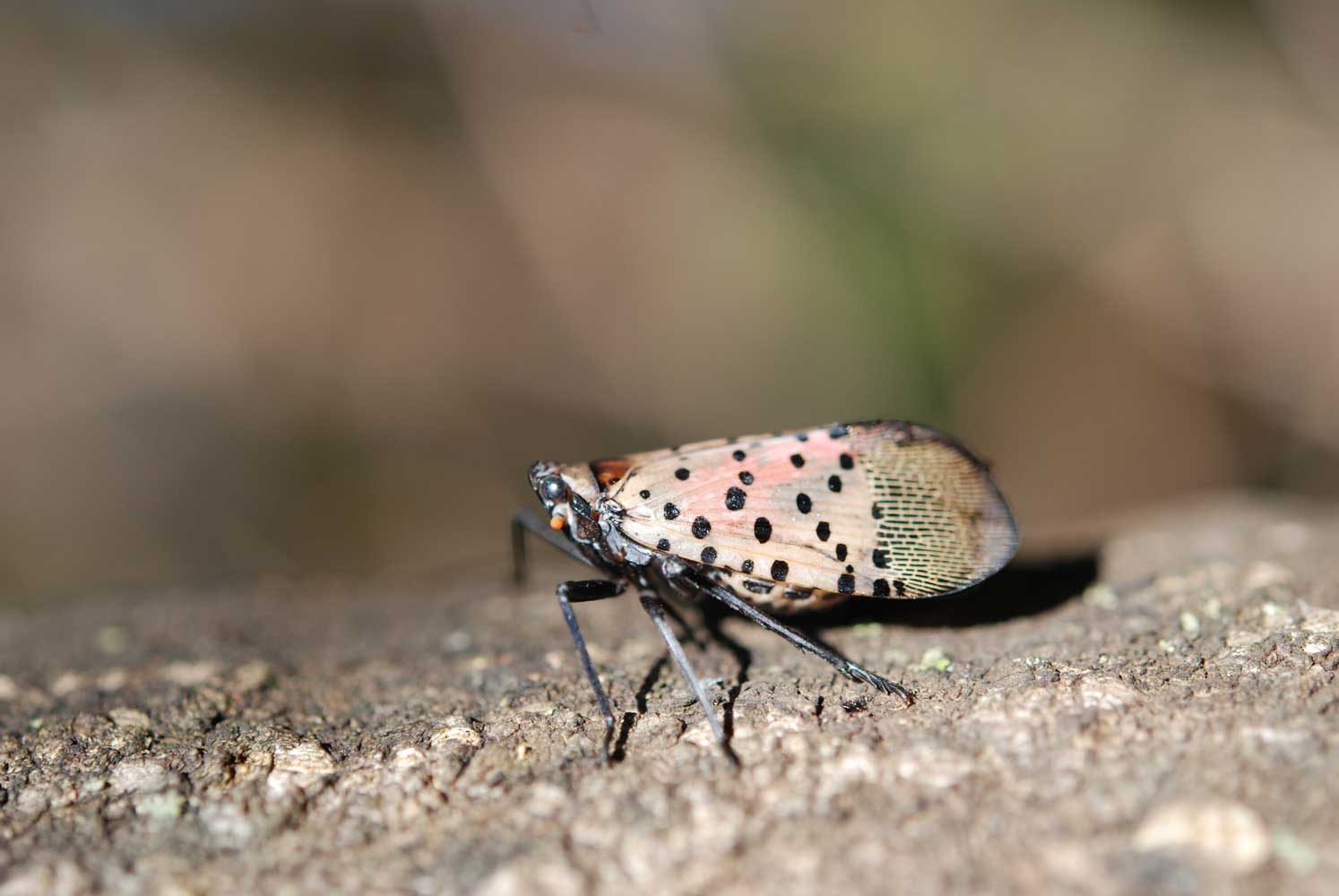October 2021 OISC Meeting Recap
/In case you missed it, here is a recap of the most recent Oregon Invasive Species Council meeting held on October 13, 2021. We had 27 attendees representing 22 organizations in total. Representation included 3 Federal Agencies, 7 State Agencies, 2 Educational Institutions, Tribes, NGOs, advocacy groups, and individuals.
Highlights from the October meeting include:
Nikki Brooks (U.S. Customs & Border Protection) gave an update on the Invasive Species Information Hub progress and next steps. The Council approved publishing the Invasive Species Information Hub and for the Education and Outreach Committee to define and amend Hub terminology.
Rick Boatner (2021 OISC Chair, Oregon Department of Fish & Wildlife) and Isaak Stapleton (Oregon Department of Agriculture) gave an update on the 2021-2023 OISC budget and workplan. The Council will be putting together a 2023-2025 budget package request by June 2022.
Todd Adams (Oregon Department of Agriculture) gave an update on the Apple Maggot Emergency Funding Distribution. Council funds were instrumental to continue the response project’s progress made in 2020 and carry through the 2021 to completion.
Jalene Littlejohn (OISC Coordinator) gave an update on appointed membership nominations and the work plan for wrapping up 2021.
Catherine de Rivera (Portland State University) gave an update on the Memorandum of Understanding with the Oregon Department of Agriculture (ODA). Next steps include a meeting with ODA to talk about agreements.




